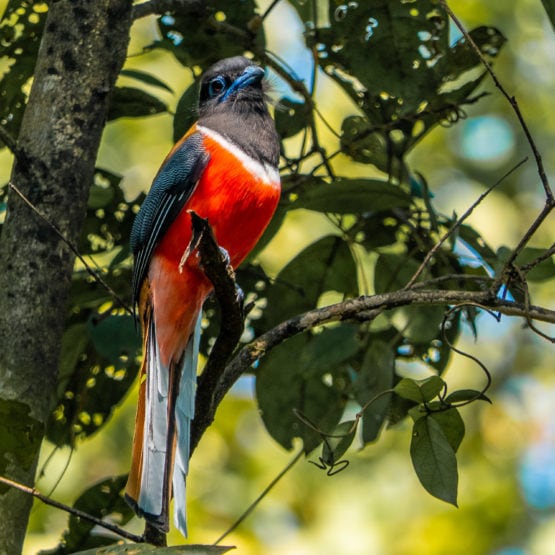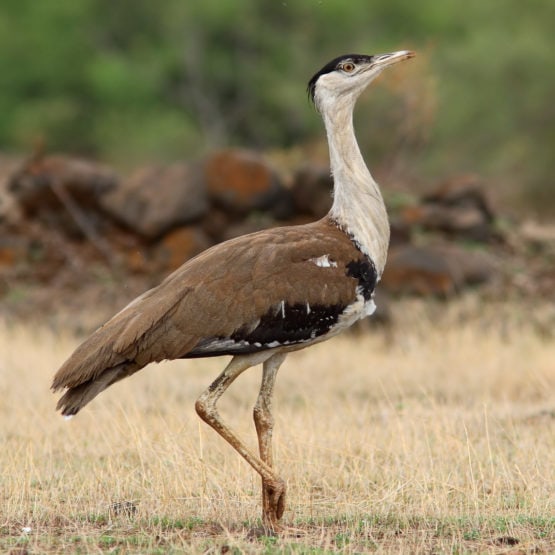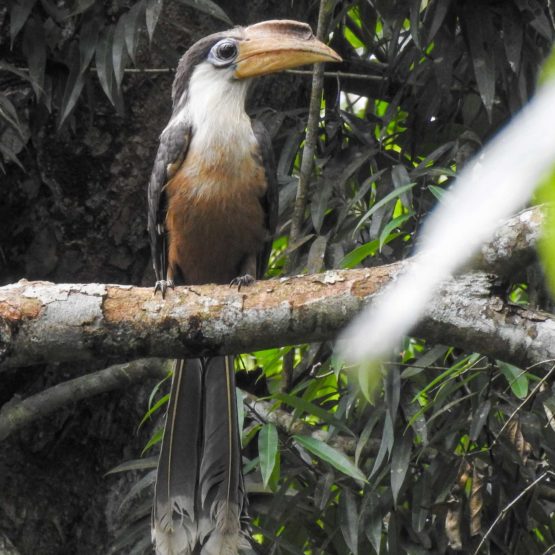Amur Falcon
Amur Falcons have the most spectacular congregations and migration of any raptor, with a million birds staging in Nagaland on their way to southern Africa, a round trip journey of more than 20,000 km each year. In 2012, it was realised that hunting of these birds was happening on a staggering, unprecedented scale—up to 140,000 of these birds were hunted in a single season.
Thankfully, Pangti village in Nagaland is also home to the story of a remarkable community conservation and education project.






















